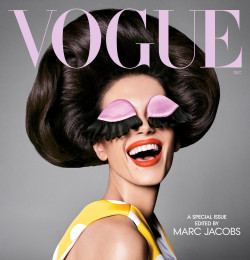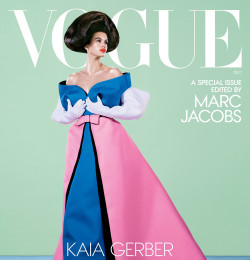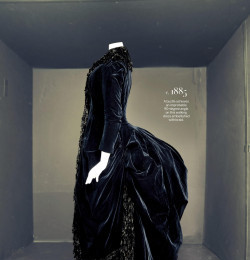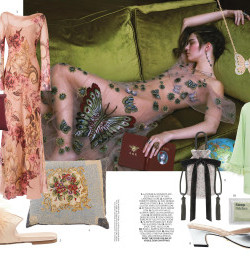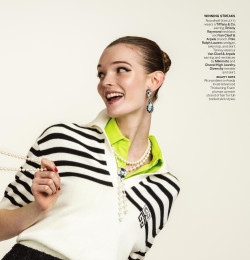Vogue USA
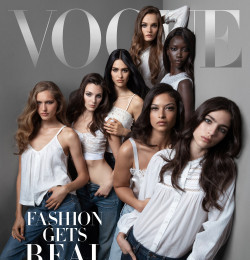
& others
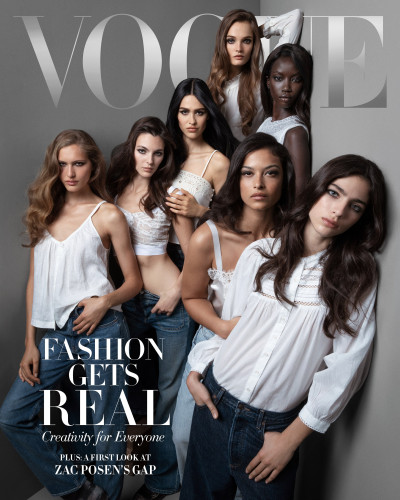
Vogue is the fashion authority. Setting the standard for over 100 years has made Vogue the best selling fashion magazine in the world. Each issue delivers the latest in beauty, style, health, fitness and celebrities. Before it's in fashion, it's in Vogue!
Vogue was founded as a weekly publication by Arthur Baldwin Turnure in 1892. When he died in 1909, Condé Nast picked it up and slowly began growing the publication. The first change Nast made was that Vogue appeared every two weeks instead of weekly. Nast also went overseas in the early 1910s. The magazines number of publications and profit increased dramatically under Nast.
In the 1960s, with Diana Vreeland as editor-in-chief and personality, the magazine began to appeal to the youth of the sexual revolution by focusing more on contemporary fashion and editorial features openly discussing sexuality.
Vogue also continued making household names out of models, a practice that continued with Suzy Parker, Twiggy, Jean Shrimpton, Lauren Hutton, Veruschka, Marisa Berenson, Penelope Tree, and others.
In 1973, Vogue became a monthly publication. Under editor-in-chief Grace Mirabella, the magazine underwent extensive editorial and stylistic changes to respond to changes in the lifestyles of its target audience.
The current editor-in-chief of American Vogue is Anna Wintour, noted for her trademark bob and her practice of wearing sunglasses indoors. Since taking over in 1988, Wintour has worked to protect the magazine's high status and reputation among fashion publications. In order to do so, she has made the magazine focus on new and more accessible ideas of "fashion" for a wider audience. This allowed Wintour to keep a high circulation while discovering new trends that a broader audience could conceivably afford.
Wintour's presence at fashion shows is often taken as an indicator of the designer's profile within the industry.
In 2003, she joined the Council of Fashion Designers of America in creating a fund that provides money and guidance to at least two emerging designers each year. This has built loyalty among the emerging new star designers, and helped preserve the magazine's dominant position of influence through what Time called her own "considerable influence over American fashion. Runway shows don't start until she arrives. Designers succeed because she anoints them. Trends are created or crippled on her command."

